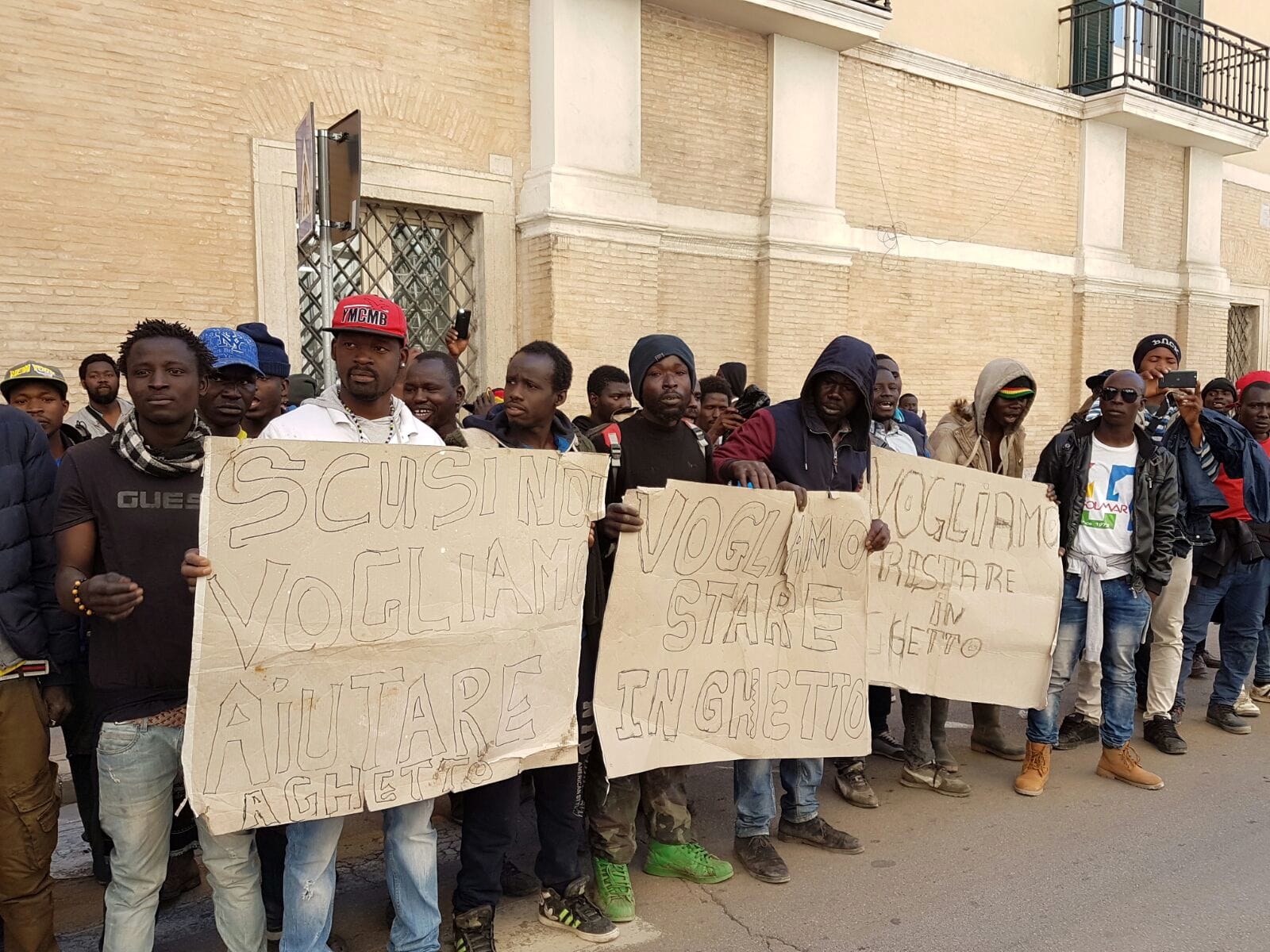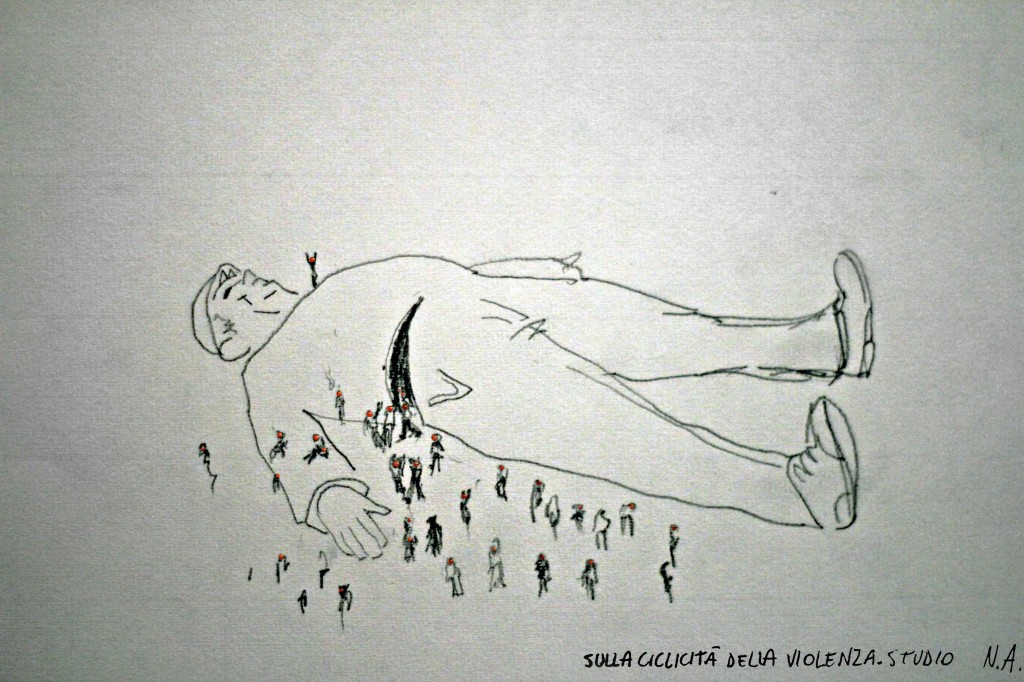A violent clash between inmates and police left several injured in the migration detention of Palazzo San Gervasio, Italy. Palazzo, a small town of 5000 inhabitants in the region of Basilicata, has recently come to host a group of Tunisian asylum seekers from Lampedusa, which has been officially closed down for renovation (another group was dispatched to Turin). Officially, the Tunisians are being charged now for setting on fire parts of the Lampedusa camp in protest against their inhumane treatment -a charge that has been firmly denied and contested by a court in Turin.
After their arrival in Basilicata mid-March, some Tunisian asylum claimants had started a hunger strike, in a desperate attempt to claim their right to asylum and to see their lawyers. on 27 March, a sit-in in front of the gates by a dozen of activists from the CSOA Anzacresa collective incited the inmates to protest against their infinite detention, which caused the police offensive (according to this report by Cronache di Ordinario Razzismo). Video fragments (which are very difficult to obtain because of the deliberate destruction of personal belongings by the camp guards) shared by the family members of the detainees show several injured inmates carried away by the police.
After a long closure, the migrant detention centre (officially Centri di Permanenza per i Rimpatri: CPR) of Palazzo was officially reopened in January to take on inmates from the overpopulated hotspot of Lampedusa, which had been criticized for some time for its inhumane conditions (for Italian reports see here and here). The structure has a long history of migrant accommodation. Originally confiscated from organized crime in 1999 (from a man called Antonio Sciarra), it initially served as a temporary accommodation for seasonal foreign labourers who return to the region each year to harvest tomatoes (an issue we talked about repeatedly on this blog). In 2011 regional authorities abruptly closed the infrastructure, officially to prevent migrants to settle illegally within the camp structure. While this decision deliberately dispersed foreign labourers to the surrounding countryside to set up their makeshift migrant ‘ghettos’, the regional administration quickly transformed the former labour camp into an open prison (officially CIE: Centro per Identificazione e Espulsione) for about 60 migrant detainees dispatched from various landing sites in Sicily. In April 2011, journalist Raffaella Cosentino documented the extreme cruelty with which migrant prisoners were detained there at the time (amongst others in this video), causing a subsequent protest and official visit by three Italian parliamentarians (Touadì, Calipari and Giulietti), who confirmed this situation as unacceptable.
After a long closure, the management of the infrastructure has been assigned now to a private company, called Engel Italia srl. Engel is not new to migration detention in Italy. In 2014 two civil society organizations, the labour union CGIL and LasciateCIEntrare, officially denounced the company for serious irregularities in the management of a refugee reception centre in Paestum, where migrants claimed they were threatened at gunpoint after claiming their basic human right to medical and assistance and to legal support. Local associations from Basilicata, presided by the Osservatorio Migranti Basilicata, and flanked by LasciateCIEntrare and the legal assistance collective ASGI, already last December attempted to sensitize the public opinion to the imminent reopening of the centre with a joint appeal. Lawyers, who have been denied access to the centre now for “security reasons”, are trying to find other ways to reach the 40 people held in this open-air prison. The only news that crosses its walls now arrives through local associations and through the relatives of the detainees.


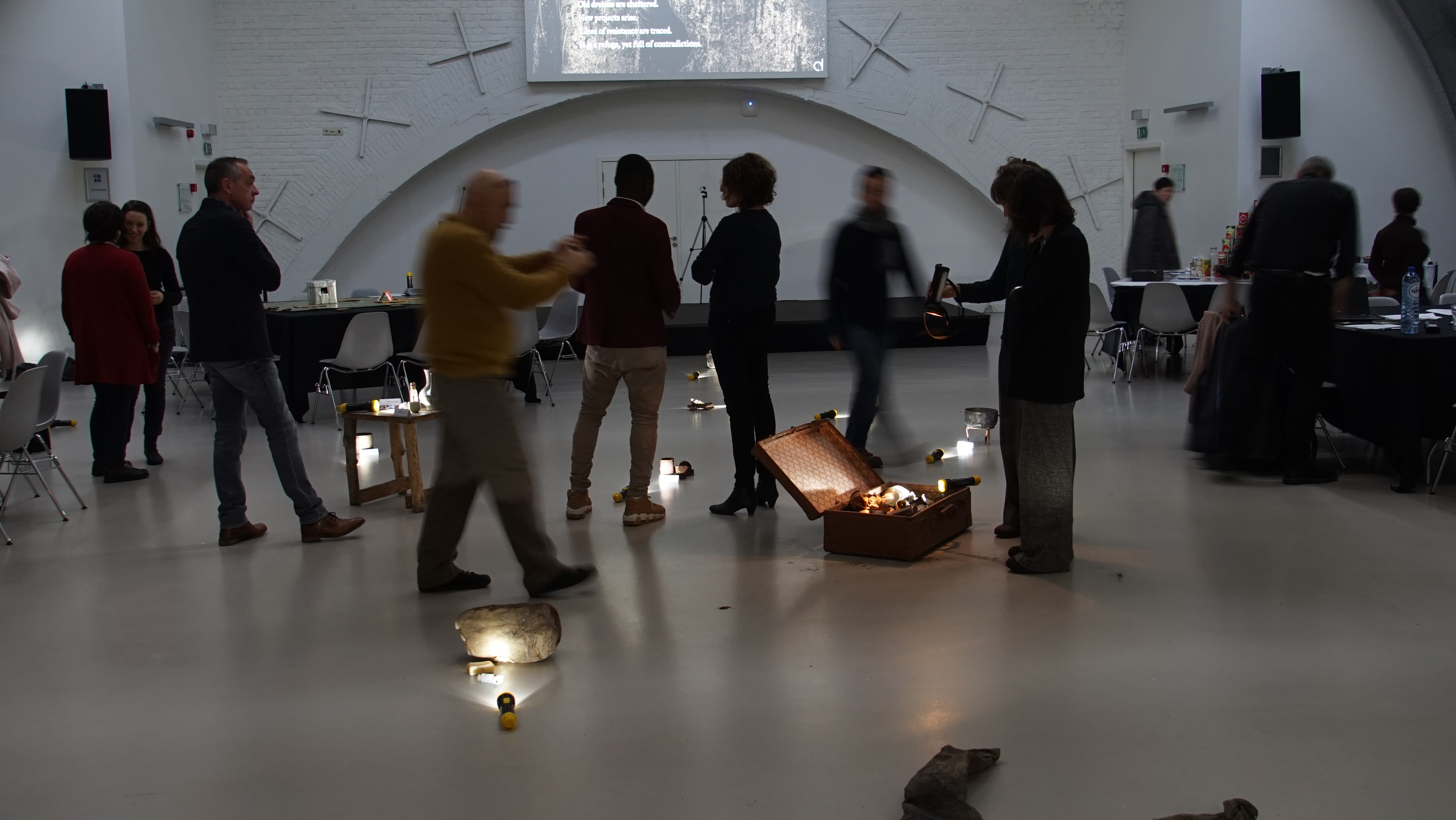





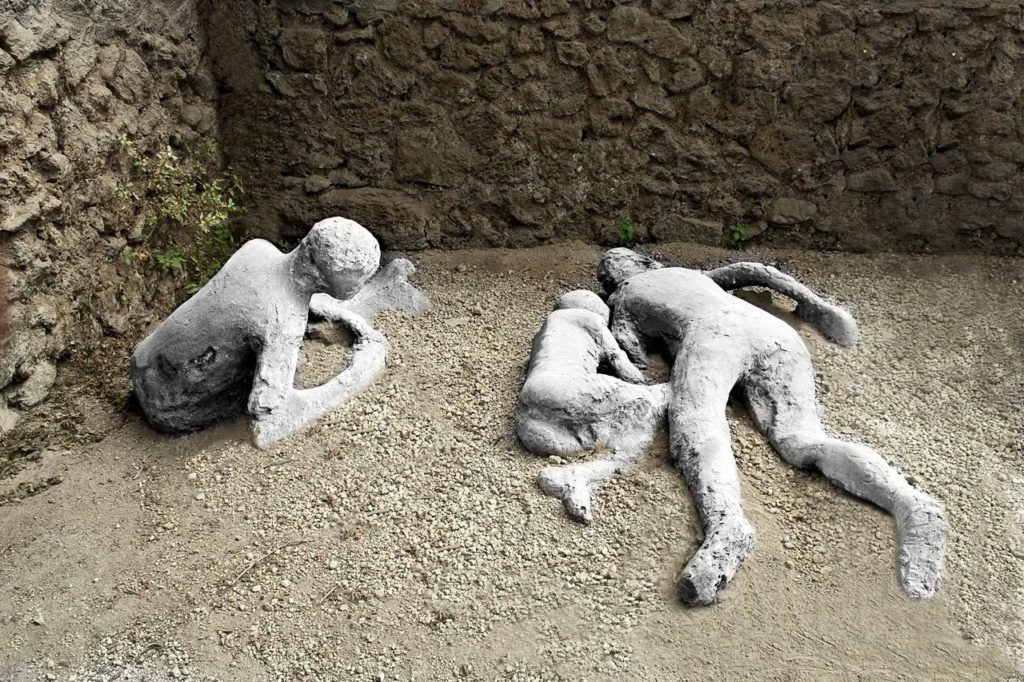
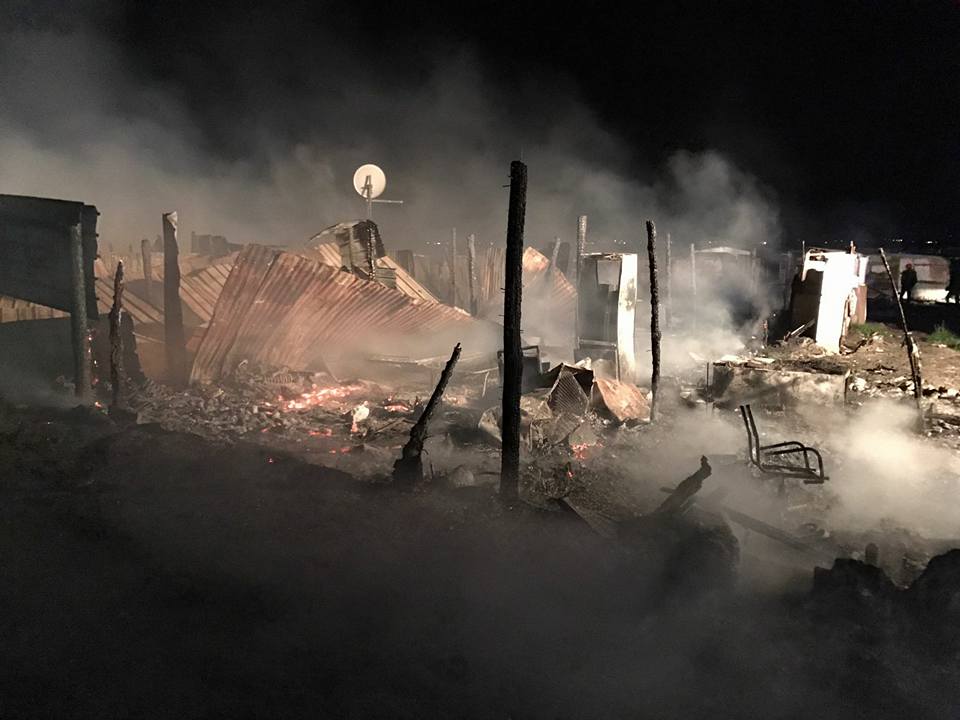
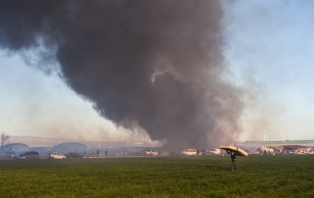 Several questions are raised now as to the efficacy of the anti-ghetto operation. First, the rapidity of the intervention has, unwillingly, caused a number of victims. While fire workers worked hard to quench the flames on Thursday, unfortunately help came too late for two Malian citizens,
Several questions are raised now as to the efficacy of the anti-ghetto operation. First, the rapidity of the intervention has, unwillingly, caused a number of victims. While fire workers worked hard to quench the flames on Thursday, unfortunately help came too late for two Malian citizens, 